Talk Overview
Animals, plants, green algae, fungi and slime molds are all forms of multicellular life, yet each evolved multicellularity independently. How did animals evolve from their single-celled ancestors? King addresses this question using a group of fascinating organisms called choanoflagellates. Choanoflagellates are the closest living relatives to animals; they are single-cell, flagellated, bacteria eating organisms found between fungi and animals on the phylogenetic tree of life. By sequencing the genomes of many choanoflagellate species, King and her colleagues have discovered that some genes required for multicellularity in animals, such as adhesion, signaling, and extracellular matrix genes, are found in choanoflagellates. This suggests that these genes may have evolved before the transition to multicellularity in animals.
The choanoflagellate S. rosetta can exist as a unicellular organism or it can switch to form multicellular colonies. In fact, its life cycle can be quite complex; it can form long chain colonies, spherical colonies called rosettes, or exist in different unicellular forms. In part 2 of her talk, King explains how she chose to use S. rosetta as a simple model for animal origins. After overcoming the technical difficulty of getting S. rosetta to form rosettes in the lab, she investigated how rosettes develop and how the cells within a rosette adhere to each other. She also asked the intriguing question “What regulates rosette development?”. It turns out that rosette formation is regulated by lipids produced by environmental bacteria that S. rosetta eat. This result adds to the growing interest in how bacteria may be influencing the behavior of diverse animals including humans.
Speaker Bio
Nicole King
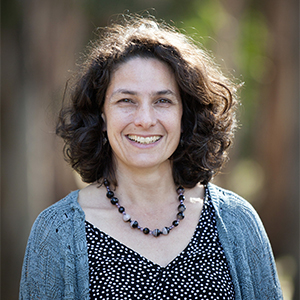
While fossils sparked Nicole King’s childhood interest in evolution, she realized that the fossil record doesn’t explain fully how animals first evolved from their single celled ancestors. To answer this question, King decided to study modern day choanoflagellates. Choanoflagellates are single celled organisms that can also develop into multicellular assemblages. King first learned about choanoflagellates… Continue Reading
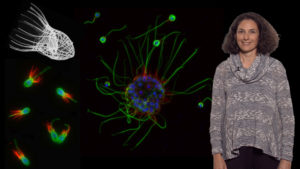
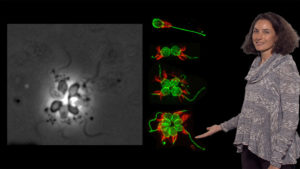
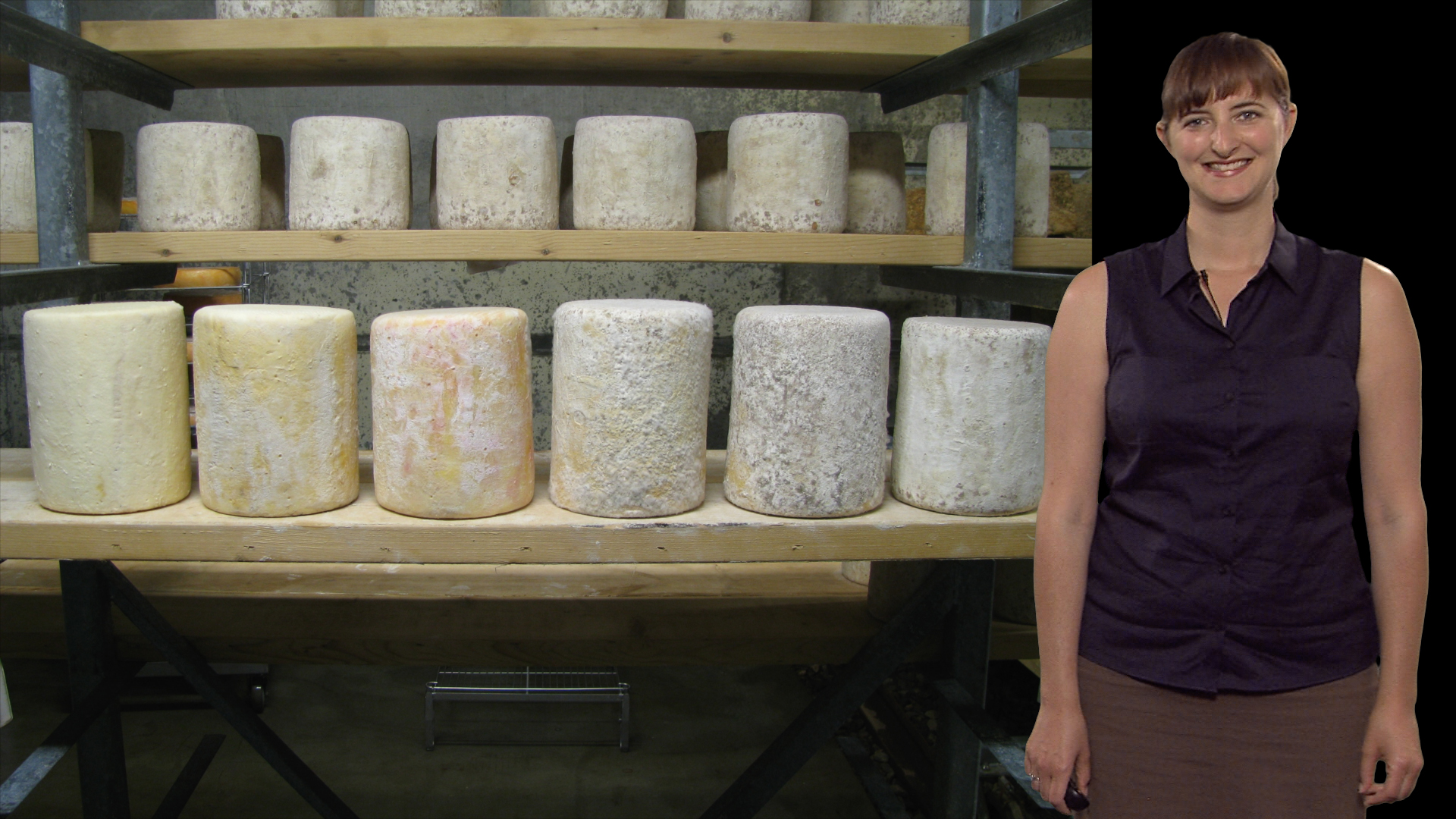
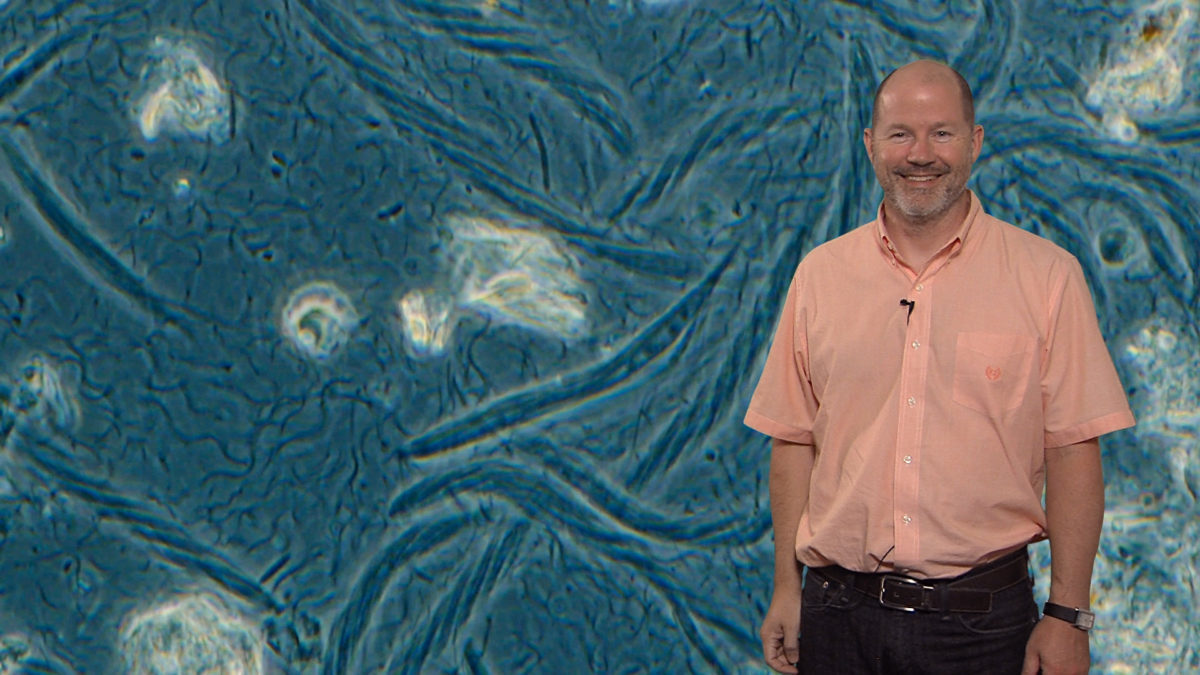
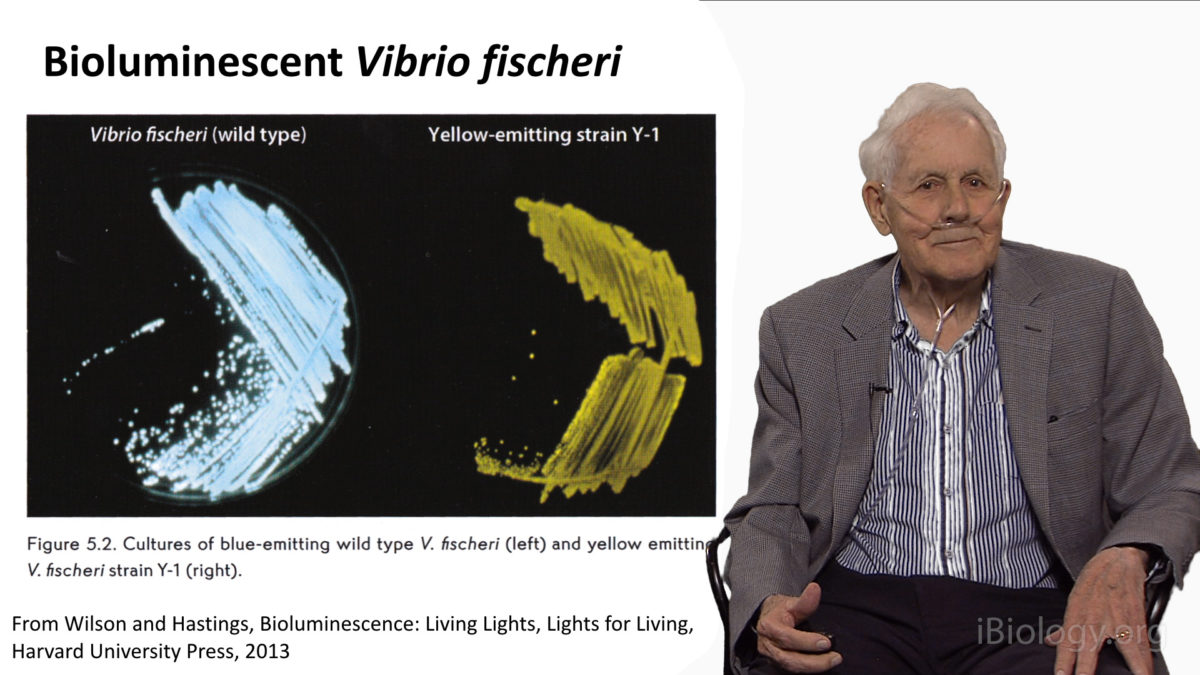
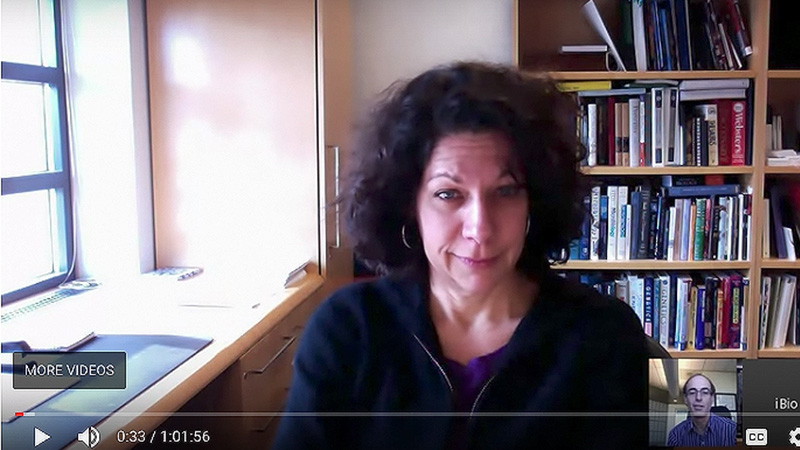





Karl says
Very interesting article. I just found what I believe to be the basket-shaped fossil exoskeleton of a representative of what once was a Choanoflagellate in a picture that NASA’S Rover Curiosity took on Mars. It’s very well preserved. To bad I can’t post it here for all to see.